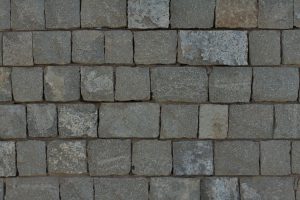
In the realm of material science, the quest for materials that are both soft and durable is an intriguing paradox. The conventional wisdom often associates softness with fragility and durability with hardness. However, the world of materials is far more complex and nuanced. This article aims to delve into this fascinating subject, exploring materials that defy conventional wisdom by being both soft and durable.
Silicone is one of the most prominent examples of a material that is soft yet durable. Known for its flexibility, silicone is resistant to heat, water, and UV light. It is widely used in various industries, from cookware to electronics, due to its unique combination of softness and durability. Silicone's resilience to wear and tear, coupled with its ability to maintain its properties over a wide range of temperatures, makes it a standout in the world of soft yet durable materials.
Leather, a natural material, is another example of a soft yet durable material. It has been used for centuries in various applications, from clothing to furniture, due to its unique combination of flexibility and durability. The softness of leather can be adjusted through various treatments, allowing it to be tailored to specific applications. Despite its softness, leather is incredibly durable, capable of withstanding considerable wear and tear.
Memory foam, a type of polyurethane foam, is another material that is both soft and durable. It is most commonly used in mattresses and pillows due to its ability to conform to the shape of an individual's body while providing excellent support. Despite its softness, memory foam is incredibly durable, capable of maintaining its shape and support for many years.
In the world of textiles, materials like nylon and polyester stand out for their softness and durability. These synthetic fabrics are known for their resistance to wrinkles, shrinking, and mildew. Despite their softness, they are incredibly durable, capable of withstanding considerable wear and tear.
In the realm of advanced materials, graphene, a single layer of carbon atoms arranged in a two-dimensional honeycomb lattice, is a material that is both soft and durable. Despite being one of the thinnest materials known to man, graphene is incredibly strong and durable. Its unique combination of softness and durability has led to its use in a wide range of applications, from electronics to aerospace.
In conclusion, the world of materials is full of examples that defy conventional wisdom, being both soft and durable. These materials, from silicone and leather to memory foam and graphene, highlight the fascinating complexity and nuance of material science. As our understanding of materials continues to evolve, we can expect to see even more examples of materials that are both soft and durable, pushing the boundaries of what is possible in various industries.

